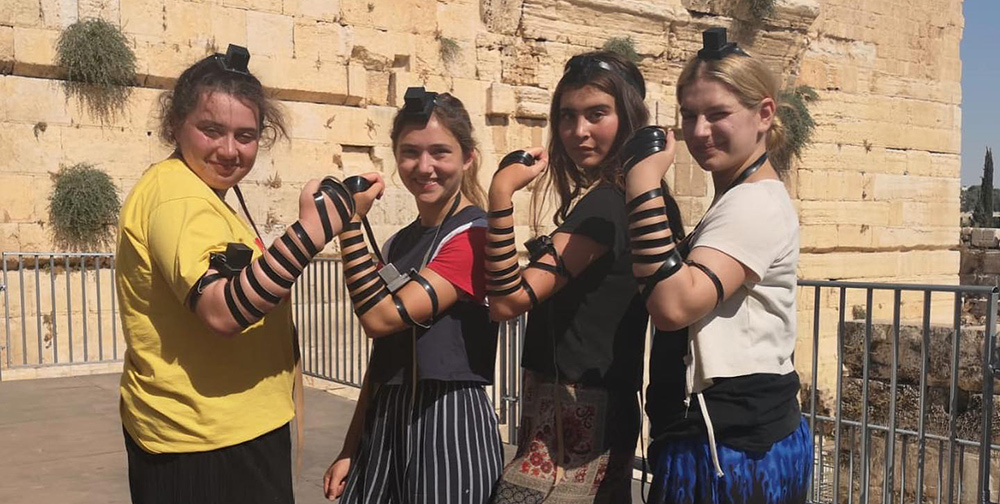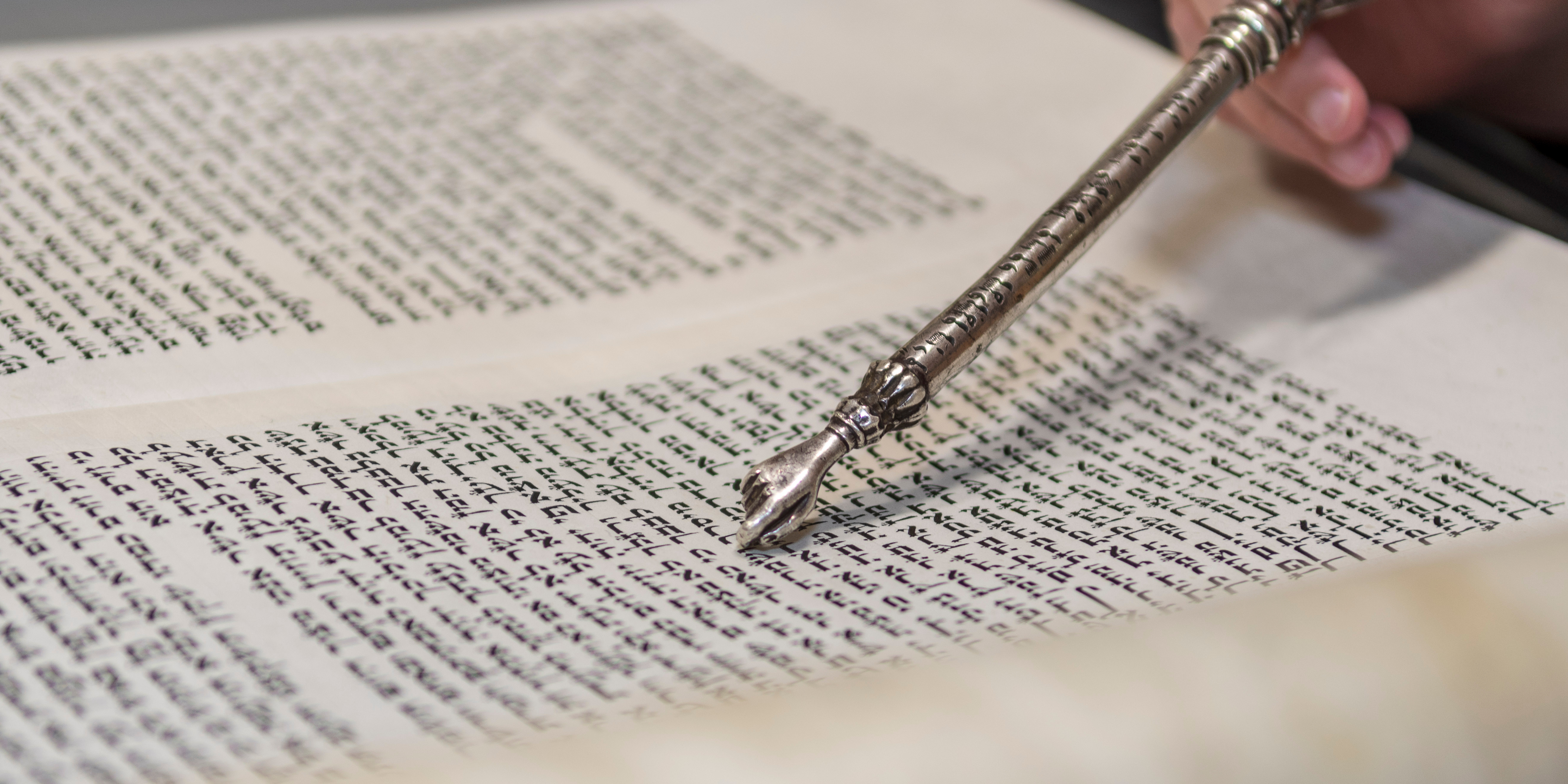Selichot

S’lichot, prayers for forgiveness, are included in our daily Amidah. But the special services that also bear this name herald the greatest period of the annual Jewish journey deep into ourselves, where we resolve to be lenient in our judgment of others and more demanding of ourselves. The ultimate aim is to receive and emulate Divine compassion.
If you have done your fellow human being a little wrong, let it be a great wrong in your eyes and go and rectify it. If you have done them much good, let it be little in your eyes. If they have done you a great wrong, let it be little in your own eyes. (Avot d’Rabbi Natan, 41)
The S’lichot service is built around recitations of the Thirteen Divine Attributes – Adonai, Adonai El rachum v’chanun, etc (Ex.34:6-7). A beautiful Midrash describes how the Almighty wrapped Himself in a tallit, like a Sh’liach Tsibbur, and said to Moses ‘Whenever the Jews sin before Me, let them perform this procedure (13 Attributes) and I shall forgive them’ (Rosh Hashana 17b).
Each of the five services on Yom Kippur carry within the K’dushat Hayom (the Sanctification of the Day section of the Amidah) S’lichot followed by Vidui (confession). In the Sephardi tradition, special S’lichot leading up to the Yamim Nora’im are included in the daily prayers from the beginning of Ellul. In the Ashkenazi tradition, the first S’lichot service is usually held at midnight after the Shabbat preceding Rosh Hashanah. If there are fewer than four days between them, as occurs this year, S’lichot moves back to the previous motza’ei Shabbat.
The S’lichot services are full of unique piyutim, poems written on esoteric kabbalistic or historical themes, that often follow acrostical forms Unique to this service is the piyut : ‘B’motza’ei M’nuchah’, whose author is unknown. After its opening plea to the One who Sits on High to hear our prayer after the day of rest, it continues with seven three-lined stanzas in a forward alphabetical acrostic form (the fifth verse containing four of the letters). Each stanza rhymes, and ends with the refrain Lishmo’a el harinah v’el hat’fillah – [that You] listen to the song and the prayer – the supplication of King Solomon for forgiveness of his people Israel through prayer, as he dedicated the Temple to God (1 Kings 8:28).
There is great power in the transport of the n’shama (the soul) through melody. To reach beyond words and let a nigun (melody without words) and its silent echo carry us on the tide of a wave or a swirl of air can have indescribable effect. Many of us caught up in the rush of life, and particularly in our endless mind’s pursuits, don’t devote time and space just to be at one with our deepest selves. Few people meditate. In the Synagogue service the Sh’liach Tsibbur (prayer leader) has a wonderful opportunity to enable our people to transcend time and space, not only through the words of the prayer and its music, but also through the nigun, an element of Chassidic life that was not readily accepted within mainstream intellectual Jewry in the aftermath of the Western Haskalah (Enlightenment) but which now, thankfully, is becoming revitalized and provides immediate accessibility and poignancy to our t’fillah. How we need this – particularly on the Yamim Nora’im – and our S’lichot services provide a beautiful preparation.
At Kol Nefesh, we started our beautiful S’lichot service fourteen years ago in a different way from the big shul choral events, often magnificent though they are. Our services were intimate and we held them by candlelight until it became impractical. As the years went on, we joined with St Albans Masorti, then Elstree and Borehamwood. Last year, Hatch End joined in and now we are thrilled that Edgware Masorti is also part of the S’lichot team. Each year, more people have fallen in love with the beauty and the music and from a humble two (Dan Myers and I) who started it, we now have a group of fifteen from five Masorti shuls. But this is no ordinary choir. This group of souls is a congregation in itself. Only two of the pieces have written harmonies and we encourage people to use their own natural sense of harmony or just sing the melody. It opens up free spirit and still has the capacity to create a beautiful and loving sound. It encourages people to listen to each other. Mainly, it encourages the wider congregation to sing. The service is completely musical.
Apart from much loved melodies common to Anglo-Jewish communities, many of the compositions chosen for this service have been composed by Chazan Sol Zim who has crafted a beautiful, lyrical S’lichot service to create moods of contrition, yearning and hope.
Just because it is a solemn service, we shouldn’t think that Judaism teaches a morbid sin-consciousness or that it emphasises our depravity! The word s’lichot means forgiveness because the process of self-forgiveness that comes with a penitent conscience is the shadow of Divine forgiveness.
Jaclyn Chernett is a founder member of, and Chazan at Kol Nefesh Masorti Synagogue, founder and director of the European Academy for Jewish Liturgy and Vice President of Masorti Judaism.



